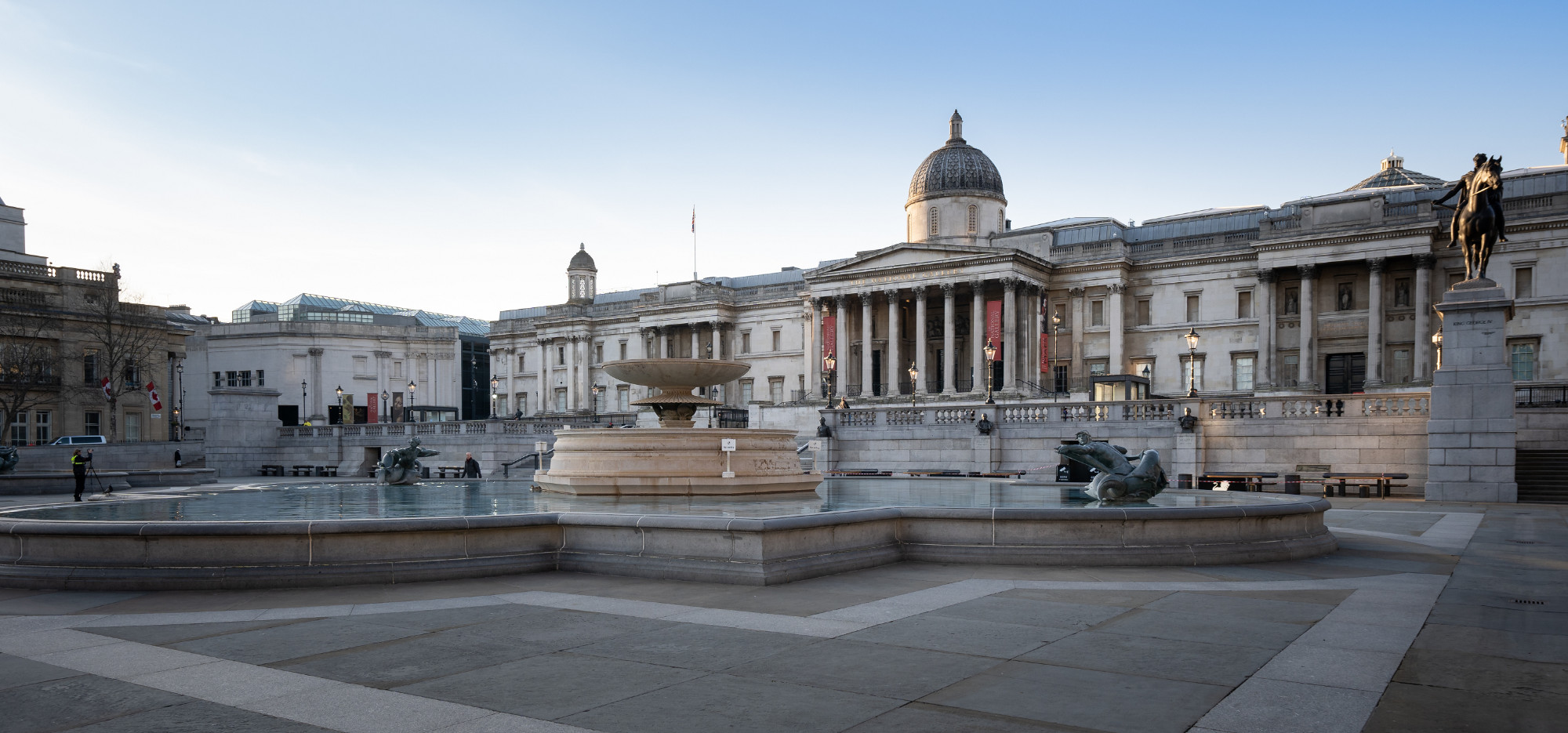The Queen of England learned a new dance this month: she was taught Indian Mudras, or hand gestures, by the celebrated dancer and choreographer Arunima Kumar; and in keeping with the dignity of the occasion the lesson was conducted in the State Room at Buckingham Palace: “We brought Indian Art into Buckingham Palace” Ms. Kumar proudly announced afterwards. Not for the first time, you might be thinking; people have been bringing Indian Art back to the United Kingdom for centuries.
The Prince of Wales set off on a four-month tour of the subcontinent in 1875 and he managed to bring back a spectacular amount of Indian Art: no less than seventy four precious artefacts from the toshkhanas, or personal treasuries of each of the 21 Provinces he travelled through; including a seventeenth century gold Durbar Set from Mysuru and a sixteenth century jade attardan from Jaipur (the largest ever made). They have been in the Royal Collection ever since but you will be able to see them at the Victoria and Albert Museum this summer as part of the UK India Year of Culture 2017 celebrations; the Queen’s dancing lesson this month formed part of the inaugural events.
And it was no coincidence that the most senior representative of the Indian Government watching Her Majesty dance was Finance Minister Arun Jaitley.
The United Kingdom and India have a richly textured history reaching back to the days of the East India Company, and that relationship is now being radically refashioned as part of Britain’s post-Brexit world. Given the UK India Year of Culture is part of the same process it seems wholly appropriate that the Finance Minister of India should have been there to see it on its way.
India overtook the United Kingdom as the World’s fifth largest economy in December of last year and it is currently the fastest growing large economy on the Planet. Little wonder then that Theresa May’s first foray overseas after the EU Referendum last year was to India; and less wonder still that her visit coincided with the launch of a new generation of ten-year Rupee Bonds being traded on London’s Capital Markets. Historic ties and a resurgent economy give India a special significance for the United Kingdom in the post-Brexit world.
But just how important is all this for India?
It is a question well worth asking, especially at the moment because today’s cultural icons, the equivalent of the sixteenth century jade attardan from Jaipur, are social media, telecoms and the internet: and they have all been holding up pretty nicely on the subcontinent; primarily, of course, through the vaulting ambitions of India’s richest man, Mukesh Ambani.
It would be an understatement of titanic proportions to say that Ambani surprised the business world when he launched Jio telecoms in India last September, with a colossal initial investment of £25 Billion; allowing its burgeoning population to secure (initially free) access to data spectra on a wholly unprecedented scale. In the past six months alone Jio has signed up 100 Million new customers and is now carrying more data than either China Mobile or AT&T; and bear in mind too that the population on the subcontinent is predicted by the United Nations to be the biggest in the World by 2020, so it is difficult to underestimate the future growth potential of its telecoms sector. For the moment at least, Jio is uniquely well placed to reap the benefits of that growth.
All of which might explain why Vodafone has this month announced its long-awaited merger with Idea Cellular (India’s third largest telecoms supplier); not least because Jio plans to start charging its 100 Million (and growing) customers for its services from 1st April this year so it looks as though a price war could be in the offing. It should all get very interesting for both key players and for the sector generally; but as we have had cause to comment on this site before, there are no fleas on a dead dog.
Vodafone is a United Kingdom company with operations worldwide; and the Group is being drawn deeper into India for the simple reason that India obviously matters (for a whole range of reasons, not least its huge potential for growth); and the same can be said of other substantial United Kingdom companies investing into India in other key sectors at this critical juncture in its economic development. This is all about these companies seeking to share in the steady release of India’s explosive economic potential. It is, in short, about something much more than diplomacy and post Brexit trade missions.
Something more even than a courtly dance at Buckingham Palace.
Red Ribbon CEO, Suchit Punnose said:
I was pleased to hear of the launch this month of the UK India Year of Culture 2017: our two countries have such a rich heritage in common, admittedly sometimes strained as all friendships are but always grounded firmly in a mutual respect for each other; and now, as the article points out, we are both moving into a new era of co-operation as the United Kingdom gradually looks outwards to its traditional friends and trading partners in the post-Brexit world. We saw a good example of that in the Trade Mission to India headed up by Theresa May last year and I expect the UK India Year of Culture will throw up a lot more opportunities for further common ties to be forged between businesses in both countries.
But above all else, the historic relationship between the United Kingdom and India is now being refashioned in the heat of India’s extraordinary economic growth. The Indian market is simply impossible to ignore, which would explain the level of investment into the subcontinent by UK and European companies over recent years. The Vodafone merger this month is only one of many striking examples each being driven by the sheer pace of economic change on the subcontinent.




